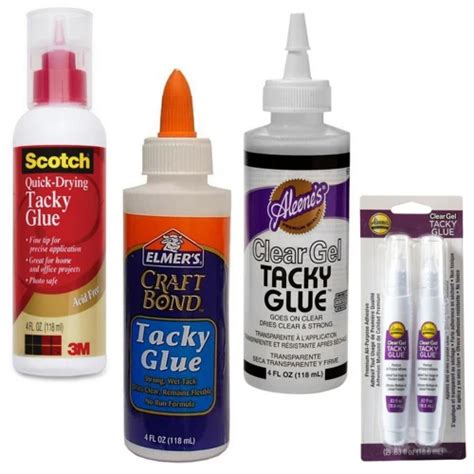Wood Glue Drying: Choosing the Right Glue for Speed
Choosing the right wood glue can significantly impact your woodworking project's timeline. Waiting for glue to dry can be frustrating, especially when you have a tight deadline. This article explores the factors influencing wood glue drying time and helps you select the best glue for a faster drying process. We'll also address common questions surrounding glue drying speed and techniques to accelerate the process.
What Factors Affect Wood Glue Drying Time?
Several factors influence how quickly wood glue dries:
- Type of Glue: Different wood glues have varying drying times. Some are formulated for rapid setting, while others are designed for stronger bonds that require longer curing periods.
- Wood Type and Porosity: The porosity of the wood affects how quickly the glue is absorbed. Hardwoods generally absorb less glue than softwoods, resulting in faster drying times for hardwoods. The moisture content of the wood also plays a crucial role; drier wood leads to faster drying.
- Glue Application: A thin, even layer of glue leads to faster drying compared to thick, uneven applications. Too much glue can trap moisture and slow down the process. Clamping pressure also impacts drying time. Proper clamping ensures good contact between wood surfaces, which promotes faster drying and a stronger bond.
- Temperature and Humidity: Higher temperatures and lower humidity accelerate drying. Conversely, low temperatures and high humidity can significantly slow down the drying process. A well-ventilated workspace is also beneficial.
- Open Time: The open time refers to the time the glue remains workable after application. This varies by glue type. Longer open times don't necessarily equate to longer drying times; the glue may still cure quickly after the open time has elapsed.
What Types of Wood Glue Dry Fastest?
Several types of wood glue are known for their faster drying times:
- Polyurethane Glues: These glues often boast shorter drying times compared to traditional PVA glues, offering both speed and water resistance.
- Yellow PVA (Polyvinyl Acetate) Glues: While not the fastest, some yellow PVAs are formulated for faster setting than standard PVA glues. Look for "fast-setting" or "rapid-setting" variations.
- Epoxy Glues: Though not specifically designed for woodworking joints, epoxy glues cure exceptionally quickly in many cases and offer impressive strength. However, they are generally more expensive than PVA glues.
How Can I Speed Up Wood Glue Drying Time?
Beyond choosing a fast-setting glue, several techniques can accelerate the drying process:
- Increase Temperature: Working in a warmer environment speeds up the curing process. You can even use a heat gun (carefully!) to gently warm the joint, but avoid overheating, which can damage the wood.
- Reduce Humidity: Using a dehumidifier in your workshop can drastically reduce drying time, especially in humid climates.
- Improve Clamping: Ensure consistent and even clamping pressure across the entire joint. Proper clamping maximizes contact between wood surfaces, promoting faster glue penetration and curing.
- Apply a Thin Glue Line: Avoid applying excessive glue. A thin, even bead is optimal for both speed and bond strength.
- Use a Fan: Circulating air helps to remove moisture, speeding up evaporation and therefore glue drying.
What is the typical drying time for wood glue?
The drying time for wood glue varies considerably depending on the factors mentioned above. However, as a general guide:
- Fast-setting glues: May be ready for handling in 1-2 hours, and fully cured within a few hours, but could still be subject to longer drying times.
- Standard PVA glues: Typically require 24 hours for handling and several days for complete curing.
What glue should I use for a project with a quick turnaround?
For projects demanding a speedy turnaround, fast-setting yellow PVA or polyurethane glue is often the best choice. However, consider the project's requirements; polyurethane glue offers better water resistance but may not be suitable for all applications.
Can I accelerate the curing process too much?
Yes, excessive heat can damage the wood or create weak joints. Always follow the glue manufacturer’s instructions regarding drying times and temperature.
Choosing the right wood glue and employing proper techniques can significantly reduce project timelines. Remember to always refer to the manufacturer's instructions for the specific glue you are using for optimal results and to ensure safety. Proper glue application is just as important as selecting the right glue type. With careful planning and the right approach, you can enjoy faster project completion without compromising the quality and strength of your woodworking.

